17 Mar colorku
COLORKU
COLORKU
Tonina Llull
This game is an excellent tool to use in therapeutic sessions and to augment educational curriculum to build math skills, visual attention to detail, logic, strategy, ocular motor skills, fine motor skills, and stick-to-itiveness. Though it can be played solo, it has an outstanding Family Fun Factor!
Meets Expectations
Durability
Versatility
Engagement
The Essentials
Derived from the concepts of Suduko (Japanese logic puzzle), this board game is addictive and great fun for the individual player, partners, and small teams.
If a patient or student is not an oral-seeker (bites/chews/sucks on non-edibles) this is a great game to have on your home program recommendation list, use within your treatment sessions, or supplement curriculum objectives.
It builds executive functioning, logic, pre-math, ocular motor skills, visual attention, visual information processing, color discrimination, and problem solving. Easily use chaining and scaffolding methodology to increase a patient’s or student’s independence level.
The original version has 104 puzzles with 5 levels of challenge within the deck, 81 balls in 9 colors, and a beautifully crafted wooden board. It also includes a color conversion chart (so that you can translate a suduko puzzle using this board instead), card holder, storage tray, and solution booklet.
The instructions are straight forward, solve each puzzle by placing only one (1) of each color ball in each quadrant, row, and column. Instead of numbers, wooden colored marbles are used. There’s only one correct solution to each puzzle and using multiple strategies gets you the win! As players graduate to higher level puzzles, they will learn a multitude of strategies.
Mad Cave Games has made available “expansion” packs in levels 1, 2, and 3. Level 1 is intended for younger players and levels 2 and 3 are intended to be more challenging than the original pack of puzzles. Here are links to the expansion packs:
Fun Factor
Determination to solve the puzzle is a challenge that players get hooked on. It is an opportunity to facilitate frustration tolerance and coping when dealing with challenging tasks to increase patients’ and students’ ability to have fun while challenged.
This game has an excellent Family Fun Factor because it lends to team and partner play. The puzzles are challenging and can be enjoyed solo or in a group. Race against friends and family members to solve the puzzle first or how fast you can solve them together. In some cases, it has taken days to complete a puzzle but this only adds to the enthusiasm to continue and succeed.
Parents, therapists, and kid consultants, give this game high marks for learning, interaction, and repeat playing. This game merits being part of the standard rotation at home and in the clinical setting!
Set-Up and Clean-Up
Set-up, clean-up, and storage of this game is easy. Provide colored containers to hold the various colored balls (refer to the image and see how I store mine in 4 colored cups at home and at the clinic I use sealable colored containers). At home, I leave this game out for easy access to the board between intervals of completing the game. It is also a well crafted piece that can be decorative. Consider these sealable, colored containers for storage:
To further build fine motor skills, retrieving and placing them back in the storage tray provided is also a viable option.
The IF-THEN’S and the BUT’S
WARNING: CHOKING HAZARD – Small parts. Not for children under 3 years or children who do not discriminate edibles vs non-edible or those who seek to chew, bite, and suck on hard items.
Wooden marble colors hard to distinguish with low vision or with varying levels of lighting.
Laminate the cards for easy sanitation and repeat use.
Enlarge the puzzle cards to the size of the board and laminate the cards to compensate for decreased visual skills.
Two (2) sample laminators include:
HOW TO AUGMENT THE USE OF THIS PRODUCT
Depending on the toy or game, as therapists and educators, it is typical that we vary the way we use the game and its components to facilitate underlying skills that may be required to play the game for children who are differently abled.
We can increase general learning and target specific learning areas, further enhance creativity and imagination, foster problem solving and memory, target additional physical (gross and fine motor) skills, social skills, communication; and foster sensory processing and modulation.
Through activity analysis, we learn how to maximize the use of the toys and games we use with our clients/students/patients. Here you will find some suggestions that may help you maximize the versatility in every product.
Gain access for enhanced tips and strategies by joining our Membership.
Membership includes additional information aimed to maximize the use of the toys and games we review. Basic Membership includes limited access to our top tips and strategies and Silver/Gold Memberships include full access.
BECOME A MEMBER OR LOGIN TO INSTANTLY GAIN ACCESS TO THIS INFORMATION

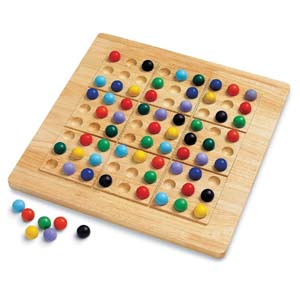
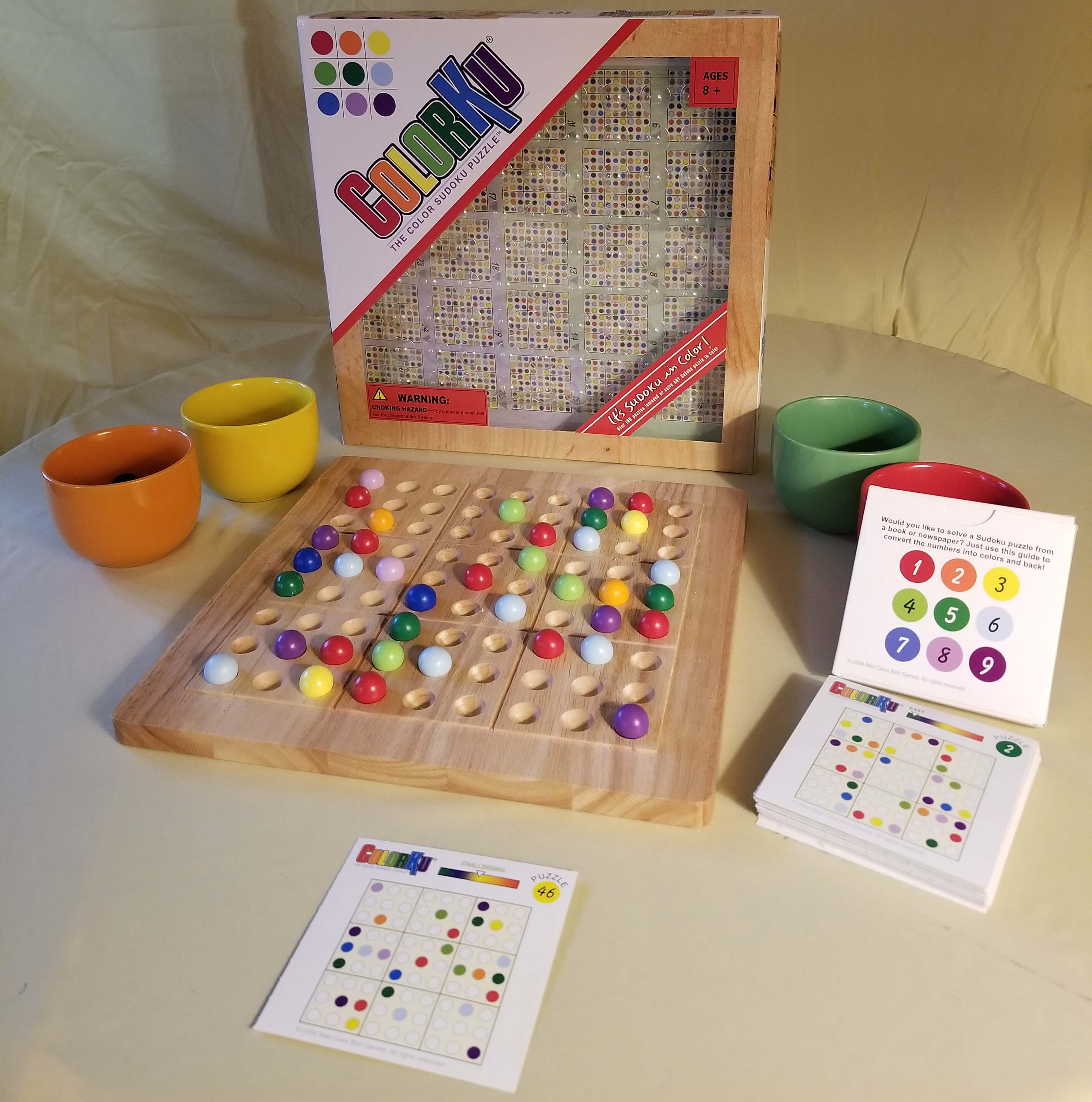
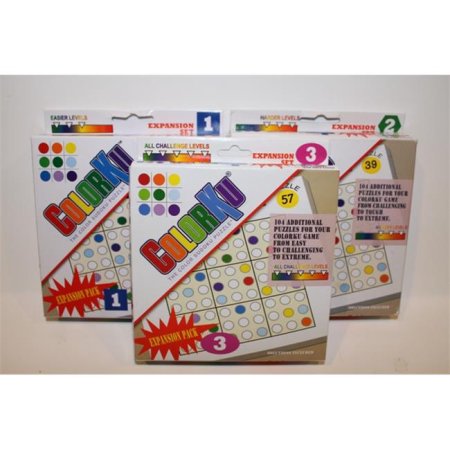

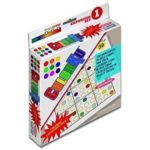
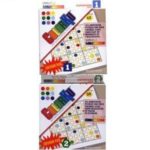

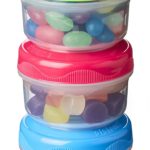
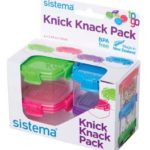
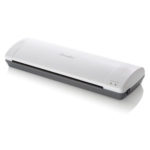
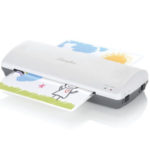
No Comments